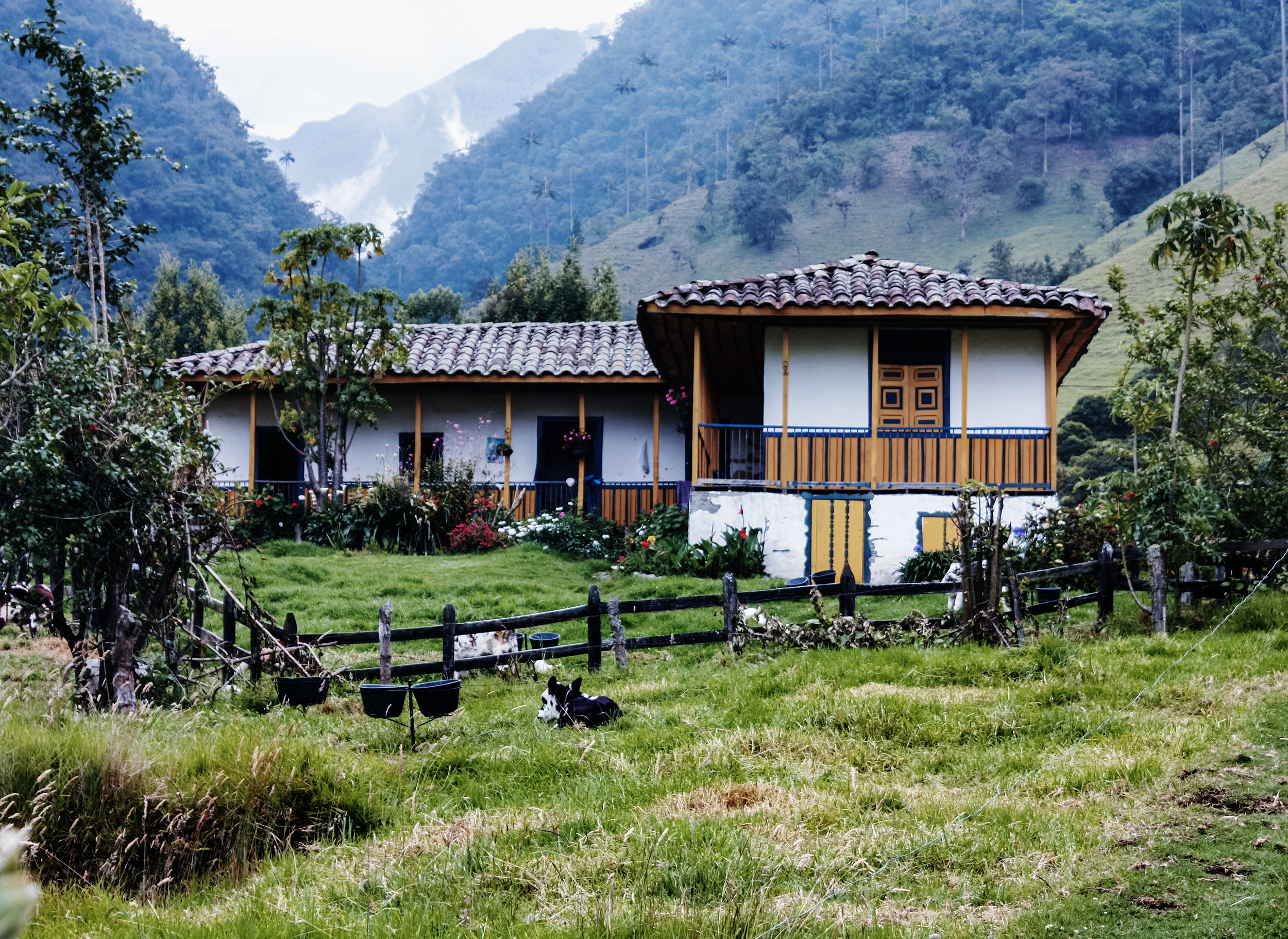In the roughly 200 years since Colombia began exporting coffee, the crop has become an essential part of the country’s economy and cultural identity. At one point during the 1920s, coffee represented 80% of Colombia’s exports (Giovannucci 2002). While Colombia’s economy has diversified significantly since then, coffee still plays an important role.
Coffee-growing creates employment in highland rural areas, many of which are ill-suited to other kinds of agriculture. Around 25% of rural households in Colombia depend on coffee as their main source of income (Suárez et al 2021). The Federación Nacional de Cafeteros (FNC), financed by a tax on coffee exports, contributes to development in rural areas of Colombia: it provides funding for roads, clinics, and schools in coffee-growing regions (Bentley and Baker 2000).
Coffee’s importance to the country’s cultural identity is reflected by UNESCO’s selection of Colombia’s coffee heartlands as a World Heritage Site. The ‘Coffee Cultural Landscape’, centred in the Eje Cafetero, represents ‘an economy and culture deeply rooted in the coffee production tradition … [that is] a strong symbol for coffee growing areas worldwide’ (UNESCO 2011). According to UNESCO, coffee’s importance to the cultural identity of the region stems from the strong community focus on coffee production that pervades all aspects of rural life in the region.
 A traditional farmhouse nestled in the Cocora valley, located in the central cordillera in Quindío
A traditional farmhouse nestled in the Cocora valley, located in the central cordillera in Quindío
This community focus stems in part from the fact that most Colombian coffee farmers are smallholders, each of whom plant an average of just 1.7 hectares with coffee (FNC 2017). Due to the remoteness of Colombia’s coffee-growing highlands, when the country’s coffee industry began to expand in the early twentieth century, it was nearly impossible for farmers to transport fresh cherry to centralised washing stations. Today, the vast majority of Colombian farmers still process their coffee at the farm.
Colombia’s wet climate dictated that producers use the washed process,